Revered Texas Woman Ran Society World With Her Pen & Presence
When the legendary Aileen “Suzy” Mehle was born in El Paso, the life she wanted, and would become famous for chronicling, was a world away. Here we pay tribute to the lady and the legend who gave us an inimitable insider’s look at the Jet Set like no one else could, as our own society arbiter Lance Avery Morgan reports.
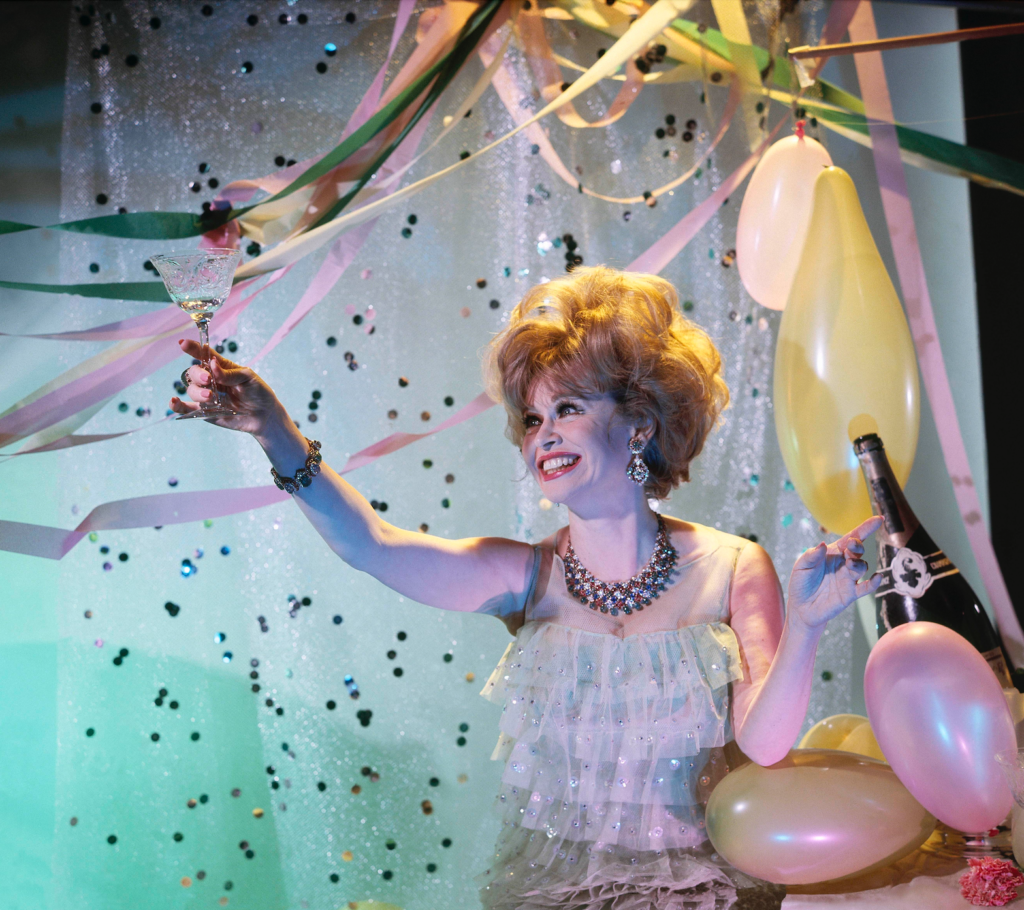
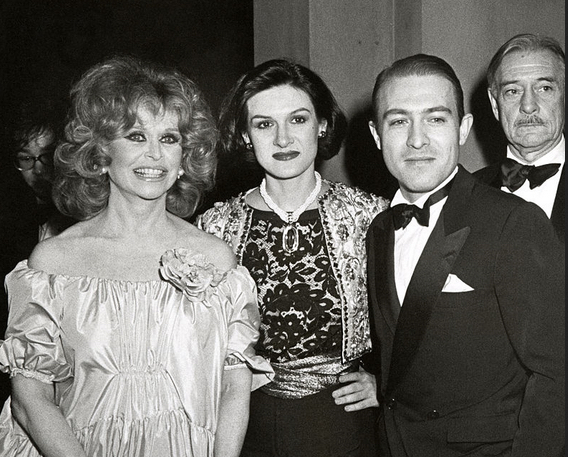
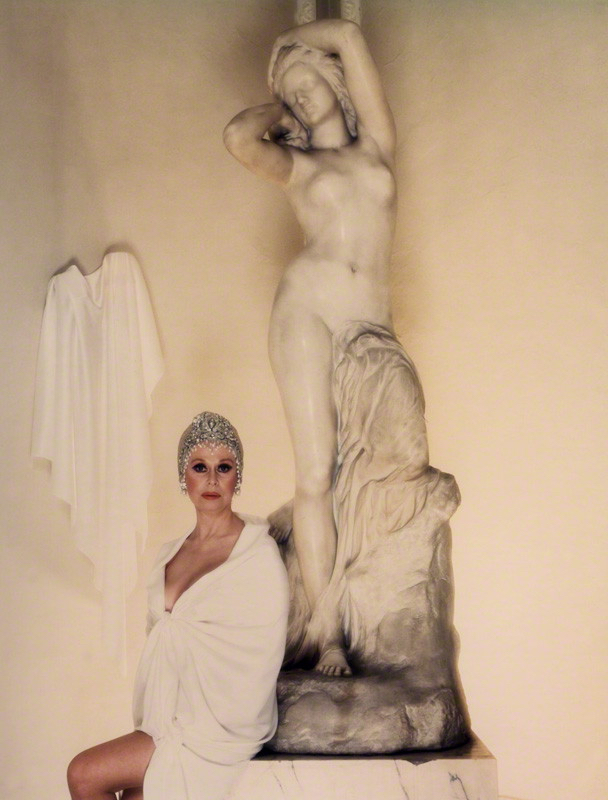
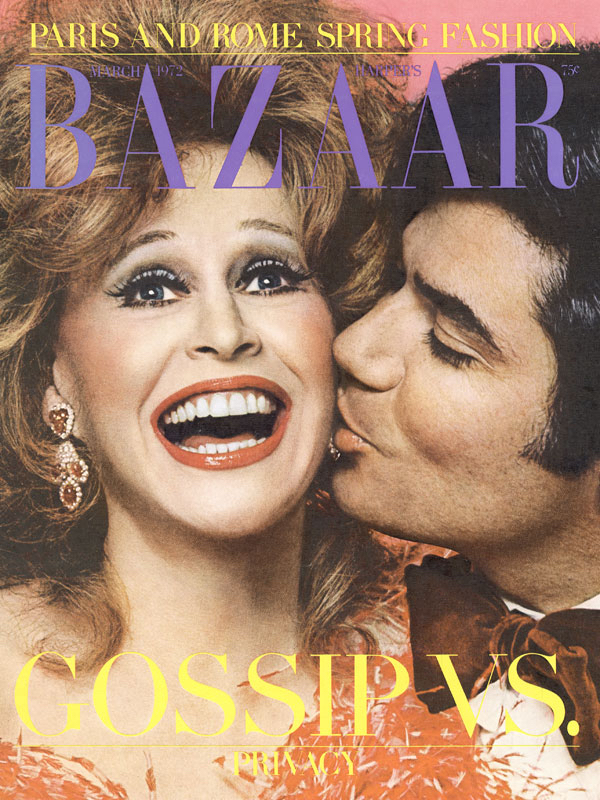
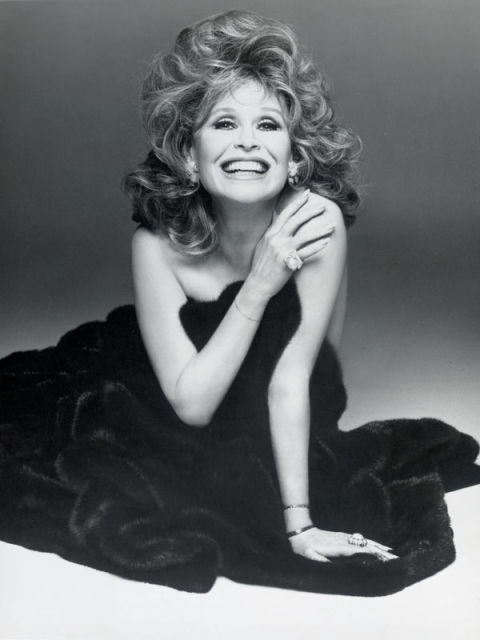

It was a storied life. Or rather, a life in stories. When Aileen “Suzy” Mehle reported from her perch in the social stratosphere, it was worth noting. Before her recent death at 98, she ruled the roost of high society’s mores, folkways, and customs unlike any of her competitors during her five–count ‘em, five decades as a reporter. She was a must-read for anyone who traveled and attended parties internationally, as well as the kid who wanted to experience that world when he grew up.
HOW TO BE A POWER PLAYER
Aileen Mehle started her career in the late 1950s (under the nom de plume of Suzy Knickerbocker, thinking her anonymity would facilitate her sources), writing about the Palm Beach and Miami Beach social sets, then was whisked away to Washington, D.C., for love. “So, I didn’t become a movie actress,” she said. “I was too busy being Aileen Mehle.” Love faded, and she settled in New York for many decades as a star columnist for the New York Mirror, as well as a myriad of other media outlets, as a syndicated columnist in 90 papers with over 30 million readers. She was also published in The New York Journal-American, The Daily News and The New York Post before reigning at Fairchild Publications’ W. In those years, New York City boasted seven major daily newspapers. It was also a different world of society then.
Former San Antonio resident Nancy Holmes, whose own fabled, self-created life could inspire envy in others, once told me about Mehle: “She’s a tough cookie. It’s best to always tread lightly around her, but she always gets the story she wants and knows where the skeletons hang.” Her pen name, Suzy Knickerbocker, and column heading, Suzy Says, had a legion of devotees.
“Sometimes it seems that everything important—some of it is life-changing—that ever happens to me happens at a party,” Mehle once mused about her career. Although the beautifully petite journalist would reign terror over a subject who did wrong in her mind, her writing style was always laden with flattery and a sense of importance imbued upon her subject. She referred to it as catching a fly with mostly honey, yet a dash of vinegar for a pinch of human interest. “The people I cover have no more secrets than any others,” Mehle said. “Just more money.”
THE JET SET’S WORKING WOMAN
In her later years, she mused, “I miss the gorgeous, glamorous years gone by when society was more than boring benefits, book parties, and store openings—and when social climbers had class.” She always felt, though, that glamor would never die. “It is the whipped cream on top of everything. It’s the fun and spice of life that everyone wants to read about,” she admitted. “Gossip—that’s all anyone ever does anyhow; morning, noon, and night. I got a letter from some nuns who read me because I provide them with a slice of life every day.”
And gossip she did, writing six columns a week for decades, which earned her the nickname “Daily Mehle.” Her columns for publications such as Vogue would have sexy scene-stealing headlines like Husband Stealer, American Style and Dare to Be Different. Many socialites felt that she could be trusted with their confidence. Others– well, that’s a different story. “They tell me everything,” she remarked in a 1973 interview with Leo Lerman. “But I don’t tell everything I hear. I don’t want to make myself into a Little Saint Suzy, but it is much easier to be liked than disliked. I write about people who can’t fight back, therefore there’s no point to ripping them to shreds. I stick in the needle, pull it out fast, and then rub the wound.”
At heart Mehle was a hopeful romantic, believing in love for everyone who tried hard enough, even members of the aristocracy whose contradicting moral standards she loved to skewer. “Seduction’s still rampant: it’s just that you don’t have to work so hard. You don’t have to be beautiful to be seductive, but it never hurts,” she stated. “Beauty, in all forms, is seductive. Power is seductive. Money is seductive. Material possessions are seductive; they help to make a man seductive. Seduction springs from the brain, the imagination.” She went on to say, “You have to like yourself or else you’ll never ever be seductive—the hostility shows. If seduction is a fabulous invalid, it’s because women have made it so. How do I get rid of undesirable seducers? I push them out the door. Then I get the full two dozen long-stemmed yellow roses and the card that says, ‘I love you anyway.’” As a seductress in her own right, Mehle was romantically linked to boldface names of era like Sinatra and Onassis. William F. Buckley was well-known to say, “I thought she was about the sexiest woman alive, Playboy centerfolds included.”
THE MANY FACES OF AILEEN MEHLE…
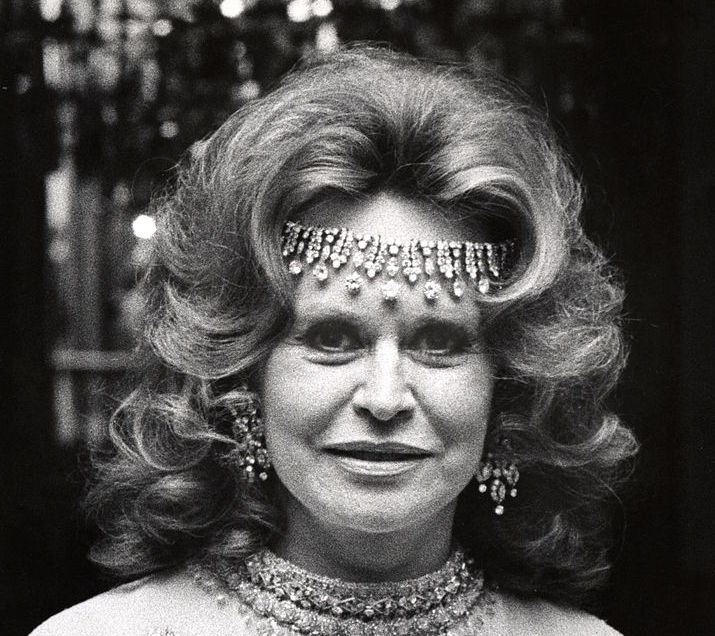


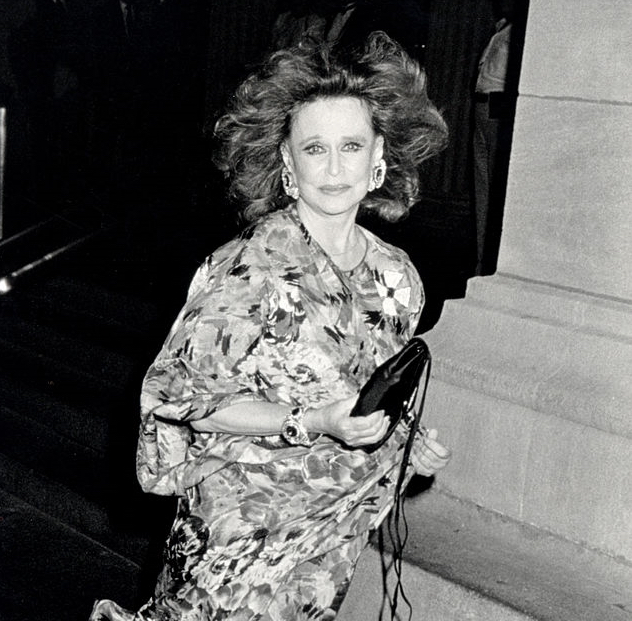

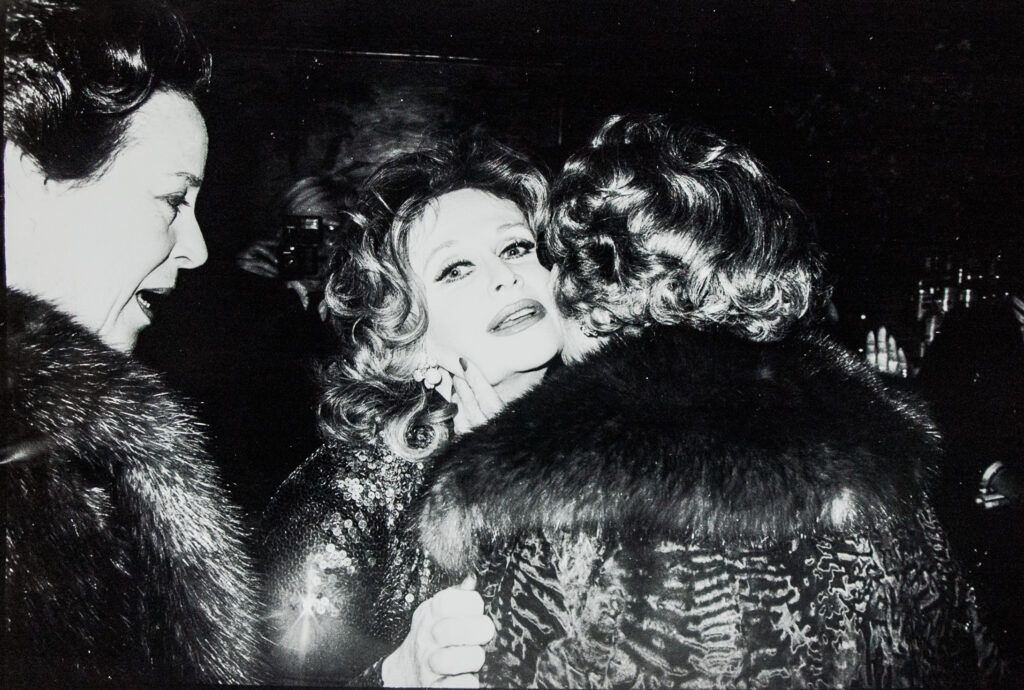

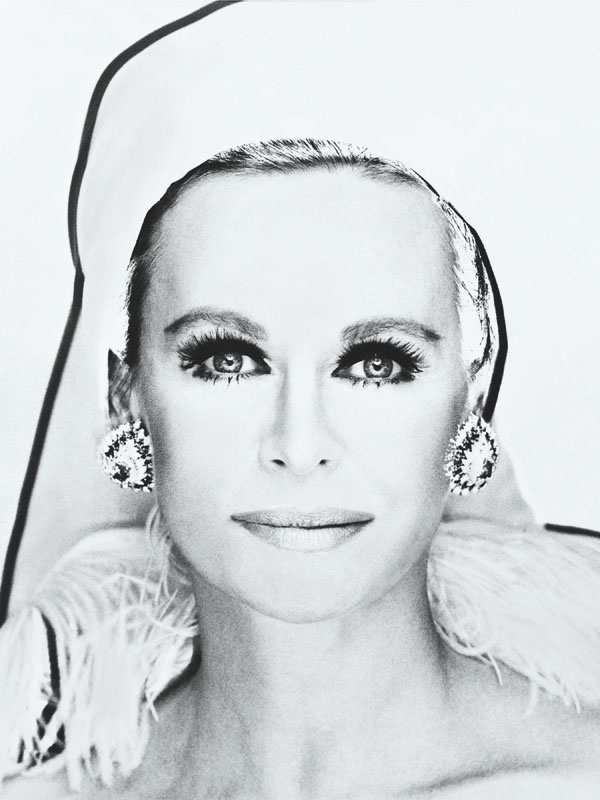
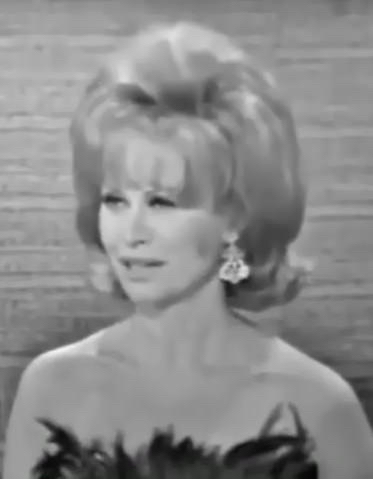
BECOMING A HOUSEHOLD NAME
Her reign escalated about the same time as another Texan, the incomparable Texas native Liz Smith. The fact that two Texans like rivals Mehle and Smith would rule the social chronicling roost surely speaks to their authentic Lone Star State backgrounds. When many of the papers of the era merely reported on the three dictums of how high society liked to be noted–at birth, at marriage, and at death–these two broke the rules by providing the insider details a glamor-hungry readership wanted. An editor at the time commented on Mehle’s cheeky-yet-deferential voice: “She cast a lovely pink light on the multitudes and hordes” or on the “terminally rich,” with their “nonstop yachts and jewels that never quit.”
She would become a household name, as well as a pioneer across media platforms, typified by her effervescent panelist appearances on the CBS game show What’s My Line in the 1960s. Easily holding her own in the company of rapier-witted panelists, she was striking in a tidal wave of rosé–colored hair, and chandelier diamond earrings from here to next Thursday that accentuated a languid neck which soared above a strapless, feathered gown. Sophisticated and erudite, she personified the era’s heightened version of elegance. Through the years, her personal style was represented while wearing frocks by designers such as Pauline Trigère, Carolina Herrera, Jacqueline de Ribes, and Oscar de la Renta–all personal friends of hers.
As the bubbles flowed in the bourgeoisie’s Champagne glasses, Mehle treated her stories as if she were a fly on the wall, taking note of the most satiny and silken details of who wore what, who said what, and why so-and-so was seen with whomever the date du jour happened to be. And yet, she frequently found herself in outrageous circumstances. She recalled, “One night in Paris, I was invited to the Duke and Duchess of Windsor’s country house, the Mill. I came in gold sequinned hot pants. The duchess cried out, ‘David! Suzy’s wearing hot pants!’ Can you imagine the gaffe? He sat me next to him at the dinner table and we spoke Spanish to each other all evening. After that,t he always sat me next to him—at El Morocco, everywhere.”
She was known for holding substantial conversations with potentates, yet wasn’t beyond eavesdropping to learn a more unfiltered viewpoint. In the high-flying 80s in Texas, her force loomed large when she revealed internationally that Dallas oil tycoon Sid Bass was leaving his wife to be with Mercedes Kellogg. Mehle agreed to hold the story for 24 hours so that Kellogg could break the news first to her diplomat husband. Ironically, Mehle’s own father was an oilman whose career moved the family to California when she was a girl. Her mother was a descendant of Spanish and Mexican land grant families of many generations, the high society of California.
At the height of her career, Life magazine went so far as to deem her the country’s “Number One Society Snooper.” As she told the publication in a profile from 1966, “What I do is somewhere between ditch digging and galley slaving. It is a neck-swiveling, don’t-miss-anything job. When I walk into a party, while I’m saying, ‘Hello darling, hello dear, how are you?’ to everyone I haven’t seen since yesterday, I case the place. I have a fast eye.” She bore witness to one of the greatest social triumphs of the 20th century – Truman Capote’s Black & White Ball at the Plaza Hotel in New York. Only three reporters were invited, Mehle being one of them, wearing a mod Nilo de Paul mini. Standing behind the host and guest of honor, Katherine Graham, she shared all the evening’s juicy details with her readers as if they were there.
REGALS & CELEBRITIES WANTED HERE
Her column moved effortlessly between the social royalty and celebrities at various stages of their rise and fall. “No matter what I say about them,” Mehle recollected, “it can’t begin to compare with what they say about each other.” Her column’s bon mots included quips such as: “Princess Margaret and Lord Snowdon held an intimately glamorous party for Diana Vreeland at their flat in Kensington Palace. Elizabeth Taylor and a flirtatious Richard Burton were there—he flirted with everyone but Elizabeth—and stayed late.” Then there were giddy lunches and splendid dinners in this palazzo or that. But enough of that. Che felicità!” It was her sweet-as-molasses Texas-born influence she harnessed to create her own personal media brand, and even Sinatra, who knew his way around the tabloid columns, once remarked, “Aileen wields that power with a feather duster.” As a precursor to the future of today’s instant fame game on the internet, stateswoman Clare Boothe Luce prophetically saidin 1970, “Today, getting into society means getting into Suzy’s column.”
Not completely without her detractors, she raised eyebrows in 1988 when Newsday accused her of penning exacting details of galas she never actually attended. She couldn’t be everywhere at once, she alluded, and had a terrific team supporting her to help report the facts. Rising up and dusting off, it didn’t affect her fabled career. After all, Truman Capote, who always claimed to have discovered Mehle back in her Miami days, had one of his many feuds with her. She called him Tiny Terror after he planted a false story in her column about stolen manuscripts. By that time, she’d seen it all and reported it the way she felt suitable to give her readers their daily dose of glam.
Mehle penned her last regular column in Women’s Wear Daily in 2005, at a youthful 87. She spent the rest of her years dining with friends in or beyond her sumptuously appointed maisonette off Fifth Avenue in Manhattan, as one would expect her to have.
She was as glamorous as her subjects, yet focused on making high society’s glitz and glitter feel real and accessible to her legions of readers across all social strata. In later years, she would recall it all with fondness: “I’ve been to some marvelous parties, really I have… It’s what I do best – almost every night. These fetes drew the most dazzling guests – beautiful seductive women… rich and powerful men, some of them even distinguished.”
She was a social historian who may never have known the true impact of her talents. When once asked by Vanity Fair how she’d like to die, her answer was simple: “Laughing, of course.” And despite her mixed reputation among the upper crust, indeed bordering on infamy, she retorted, “Who else would tell you these things?”
SUZY SAYS
Aileen “Suzy” Mehle’s wit and insight were always on display. Here are our favorite quips…
I’d be a success only when I could walk into a room full of people who whisper, ‘Here comes that bitch, Suzy.’
I came, I saw, and I must have done something right because more than 40 years later I’m still here.
Socialites kid each other, their way of life, their friends… and I kid the whole setup.
What I do is kick them in the pants with a diamond-buckled shoe.
I give them the needle, but in a way that they don’t feel ’till three days later.
I also listen, listen, listen.
You know, I have to face myself every morning. My idea of life is everybody laughing and having a good time together—getting along.
When you start interpreting this sort of thing sociologically, it’s like taking a butterfly and pinning its wings down.
If I could choose what to come back as, it’d be…Brigitte Bardot in her prime with Stephen Hawking’s I.Q.







